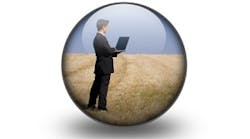[A note from Jeremy Pollard on the passing of Steve Jobs, Oct. 5, 2011: I mourn today for Steve Jobs and his family. I mourn today for the loss of the face and voice of innovation, courage and risk-taking. I mourn for the loss of a truly great individual who has taught the world how to "stick with it," and if you want it, go get it. We are not as good a place as we were yesterday. See ya, Steve. Be safe. You have taught us well.]
As I write this, Steve Jobs is leaving the driver's seat at Apple. Who knew that he and Steve Wozniak would create a multimedia empire in such a short period of time? The Apple computer emerged April 1, 1976. My friend Marty had the computer in his living room, and he couldn't wait to get out of school to play with it.
At that time, Apple took a back seat to IBM and Microsoft. Apple was a sector solution; Microsoft was a general business solution. Jobs resigned in 1985. He bought what became Pixar (of "Toy Story" franchise fame), and went back to Apple as an advisor in 1997 after his NeXT project was dismantled, and then took over the company again.
Soon, iEverything started, with the iPod being the first off the block. Apple shares traded at $12 in 2001. On Aug. 25 this year, they closed at $373.
A tech buddy (BTB) said off the cuff that the only innovative thing China came up with was the Walkman. I corrected him on the country, but it was obvious to him that the Far East doesn't innovate, they copulate: copy what someone else innovates. Cheaper. Not necessarily better.
Look at where all of the innovation has come from. Larry Ellison started Oracle and is the leading database provider in the world. Scott McNealy spearheaded Sun Microsystems and is trying to kill Microsoft with open software and the open software movement. Microsoft had Bill Gates and software guru Ray Ozzie.
Some are about software and some are hardware. The combination of both is hard to find. Is that opportunity knocking?
In our world, many individuals have made a difference. Jack Grenard started the first publication dedicated to programmable controls. I started the first newsletter to help basic PLC users understand more about the software they were using.
Steve Rubin started Intellution, a SCADA and HMI industry mainstay, at his kitchen table. Scott Zifferer advanced the PLC development software arena with a small company called ICOM that became Rockwell Software. John Gerry, founder of Expertune PID tuning software, and Phil Huber, architect for Wonderware HMI in the early days — each an innovator in his own right.
Ken Crater started and funded a free and open automation control list that has served more than 2,000 technical people for many years.
Odo Struger was totally responsible for Allen-Bradley's entry into the PLC arena. Although Struger had the vision, they had to move fast by buying a programmable matrix controller company called 3I. Internal R&D took over, and a behemoth was born.
At the other end of the move-fast-or-lose spectrum, Jobs and Wozniak took the Apple II to Commodore, which rejected the platform. Oops.
There's Dick Morley, credited with the invention of the programmable controller. One hung-over New Year's Day the block diagram was created. The 084 was born, and later begat Modicon.
But there's one factor that no one seems to remember. In 1967, a group of engineers at the GM Hydra-Matic plant in Ypsilanti, Mich., wanted a simpler and better interface to the transmission manufacturing process. "Why can't we have a standard machine controller?" is basically what they asked. They were using minicomputers, but they were very cumbersome and way too complicated. That set in motion the chain of events that led to a device that was configurable and programmable, known as a programmable controller. The mother of invention was alive and well.
But what if no one paid attention to the needs of their own departments or processes? What if no one responded to the needs of their customers? Complacency is dangerous.
Do we have analysis paralysis? Are we afraid we'll spend the money and not get what we need from the project? We're in a recession, you know.
Jobs took his idea and ran with it. No marketing studies, he directed design people to do it his way. Jobs' vision will be missed. All those who say Apple will be the same might be wrong. Steve Jobs is Apple.





